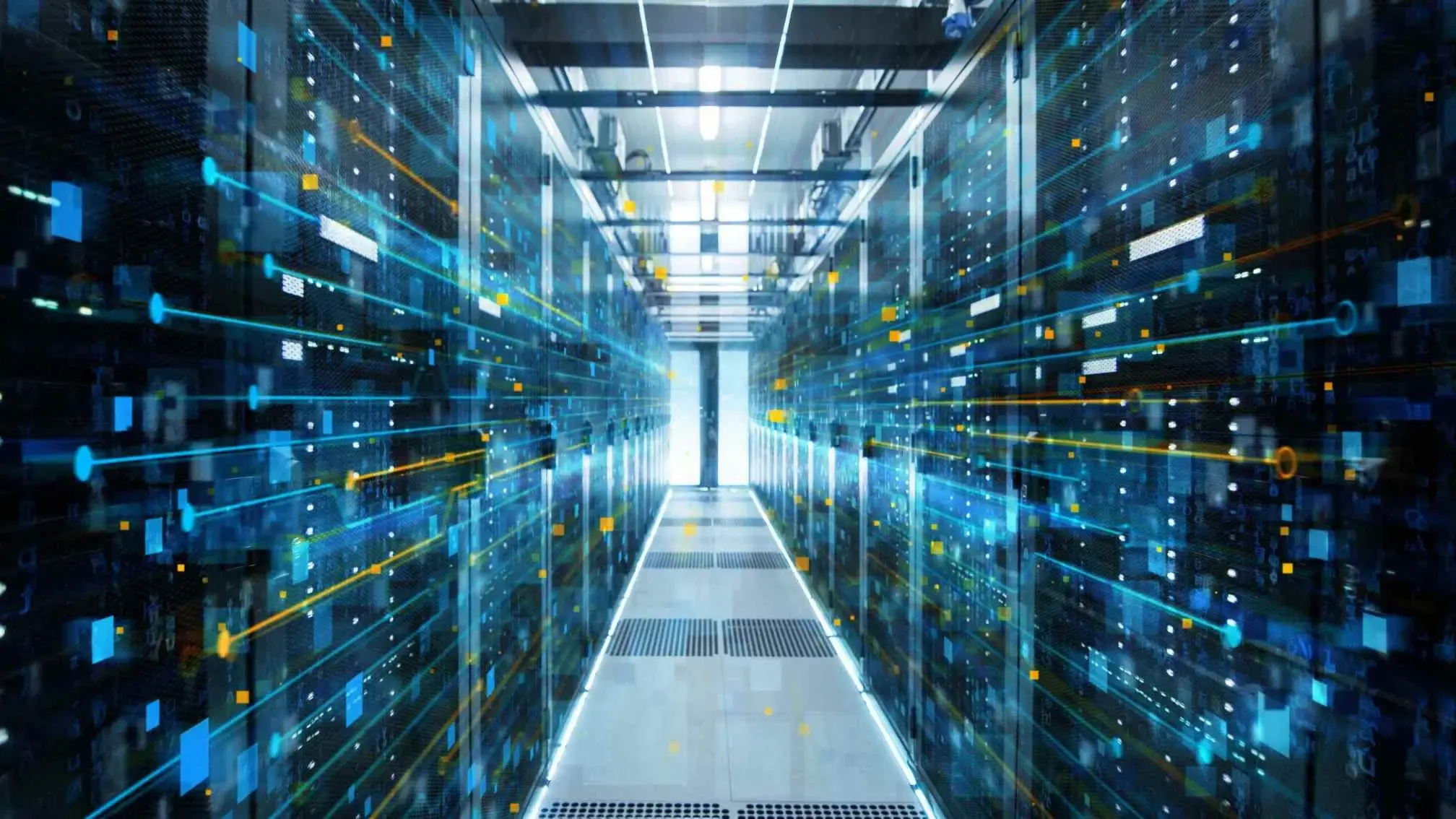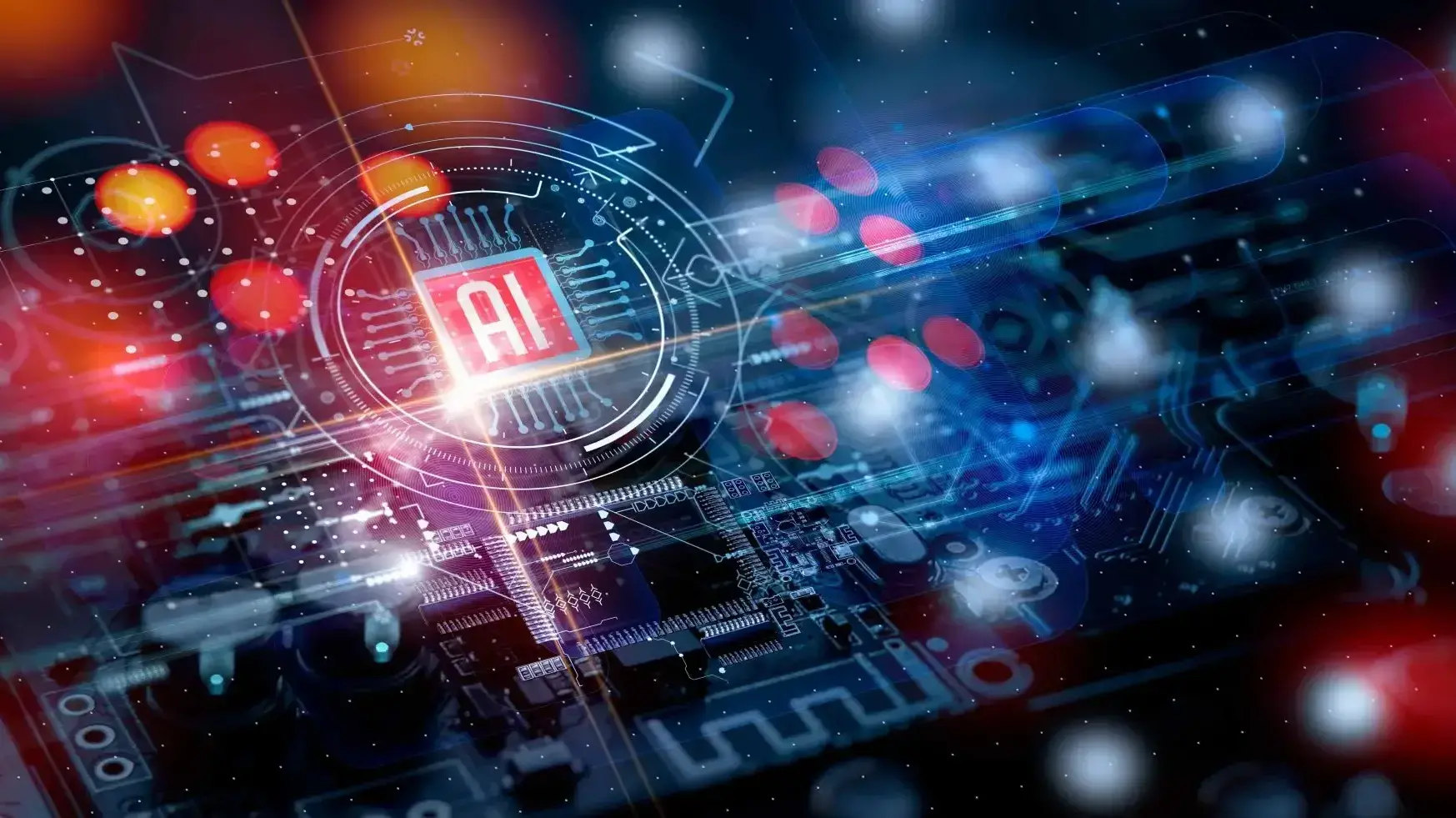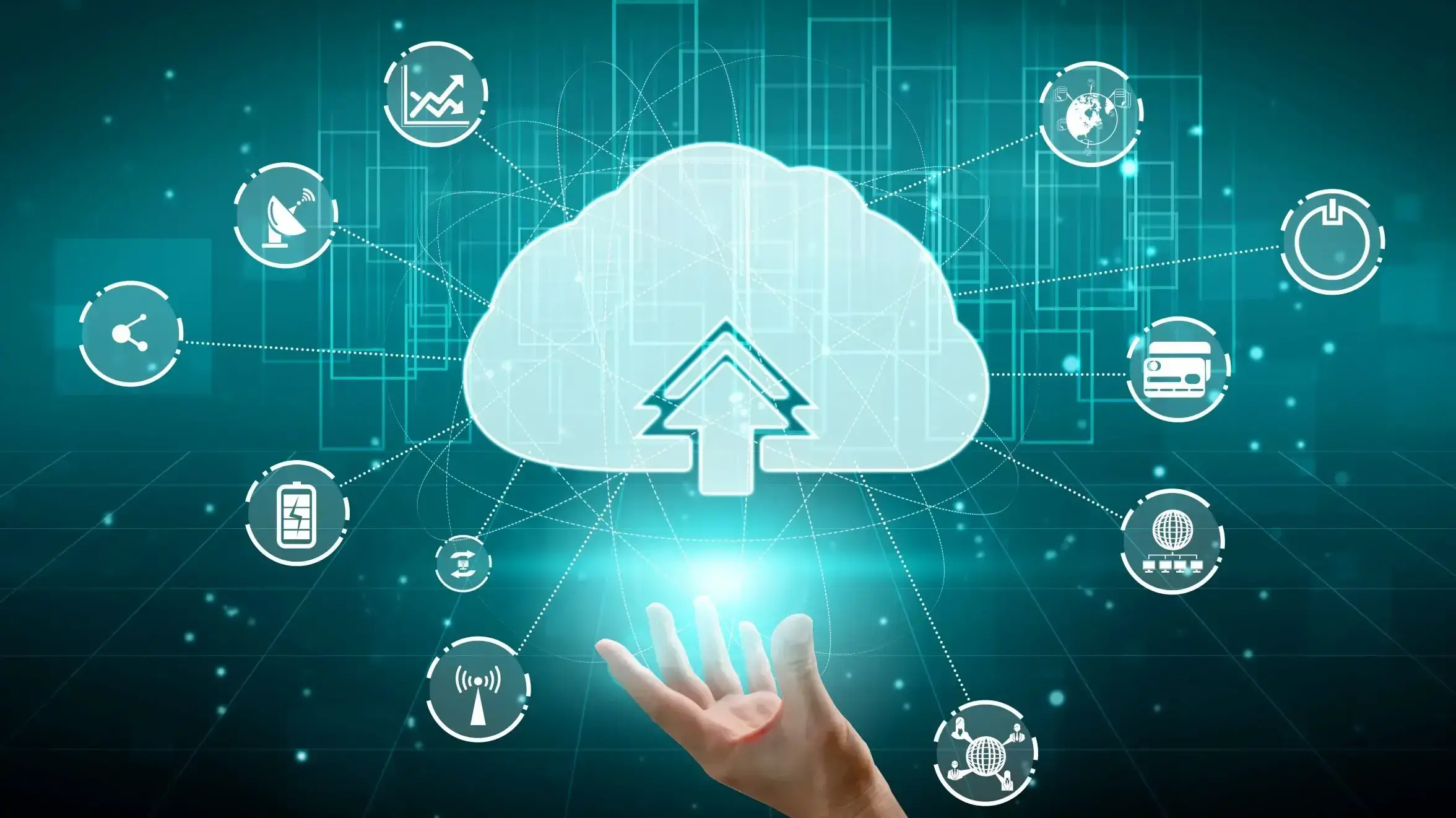Companies that want to expand their data storage and processing power should consider a virtual data center. It's easy, inexpensive, and scalable, and you can have it anywhere in the world. A virtual data center (VDC) is a pool of computing resources that include servers, storage, and networking equipment. The servers are isolated and partitioned within a cloud computing environment, such as in a "server farm" or web hosting company.
A VDC also uses software that limits access to outsiders but also allows access to people within an organization, provided they're logging in with a virtual private network or are inside the network. It also allows network administrators and IT professionals to manage and deploy the virtual resources as if they were physical resources that could be accessed directly
Resources are brought online whenever they're needed, which means you can quickly and easily add or remove more functions as you need them. If you need additional storage as you expand your company, you can buy that for a few dollars per month. If you need additional processing power for six weeks while you process large amounts of data, you can buy it and then turn it off again when you're finished, paying only for what you need. This all gets done with the click of a mouse; there's no need to buy physical servers or hire additional IT staff members to manage it all.
Virtual data centers are usually hosted in the cloud, either through a public cloud provider or a private cloud host. They are managed through a web-based console, such as through your standard web browser, or through an application programming interface (API), which allows administrators to manage resources and security, and monitor compliance and total usage.
What is a Traditional Data Center?
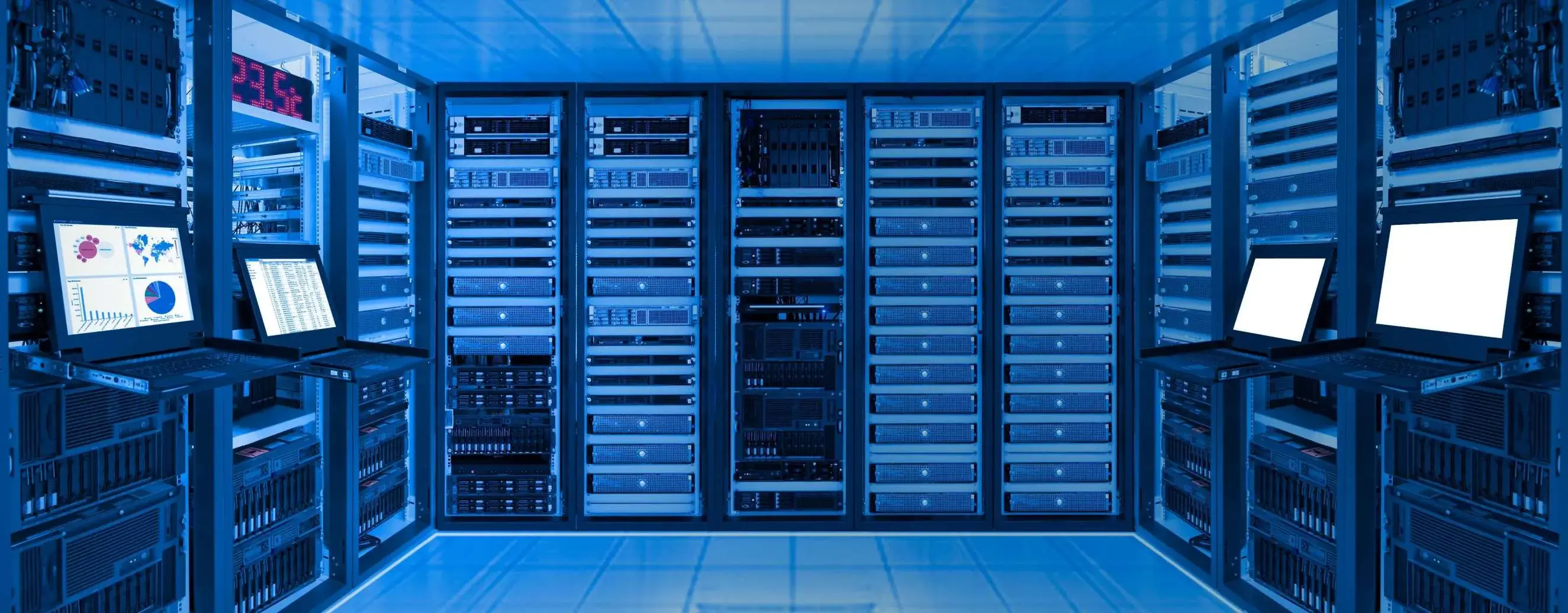
A traditional data center is just your typical server room in any business or corporate setting. It contains your regular IT equipment, such as servers and routers, and it contains most of the data, intellectual property, and enterprise-level software.
Most companies will have local software stored on an individual's computer, but the large subscription-based software systems are often installed on large servers like a traditional data center.
Traditional data centers are typically owned and operated by the organization using them. This gives the organization complete control over the hardware, software, and all of the data. But that also means they're responsible for the maintenance and costs of the data center, not to mention the staff needed to manage the data center.
What are the Downsides of a Traditional Data Center?
Traditional data centers are falling out of favor with companies because they're migrating to virtual data centers. The reasons many companies give for forsaking traditional data centers include:
Costs: Traditional data centers (TDCs) are expensive to build and maintain. They require a lot of physical space, usually within your own building, and they consume a lot of power to run and cool. They also require highly-skilled and knowledgeable professionals, many of who command six-figure salaries. You also need to update your server hardware every few years as the old servers become obsolete and slow. The bigger your data center, the more professionals you need. (And the more power you consume.)
Scalability: Traditional data centers are more difficult to scale up and down as needed. They're only designed for a specific capacity size, and if you need to increase the size, you have to buy the server and wait a few days for it to ship. Then you have to install it and test it before it's ready to use.
Complexity: Traditional data centers are complex to manage and maintain. They require different operating systems and components, and all the wiring becomes a tangled mess of spaghetti that makes troubleshooting nearly impossible.
Security: Believe it or not, traditional data centers are more vulnerable to security threats like cyberattacks and data breaches. That's because virtual data centers have state-of-the-art cybersecurity software that is usually out of reach, cost-wise, for anything but Fortune 500-sized companies. Smaller companies just can't afford that level of security.
Six Benefits of Using a Virtual Data Center
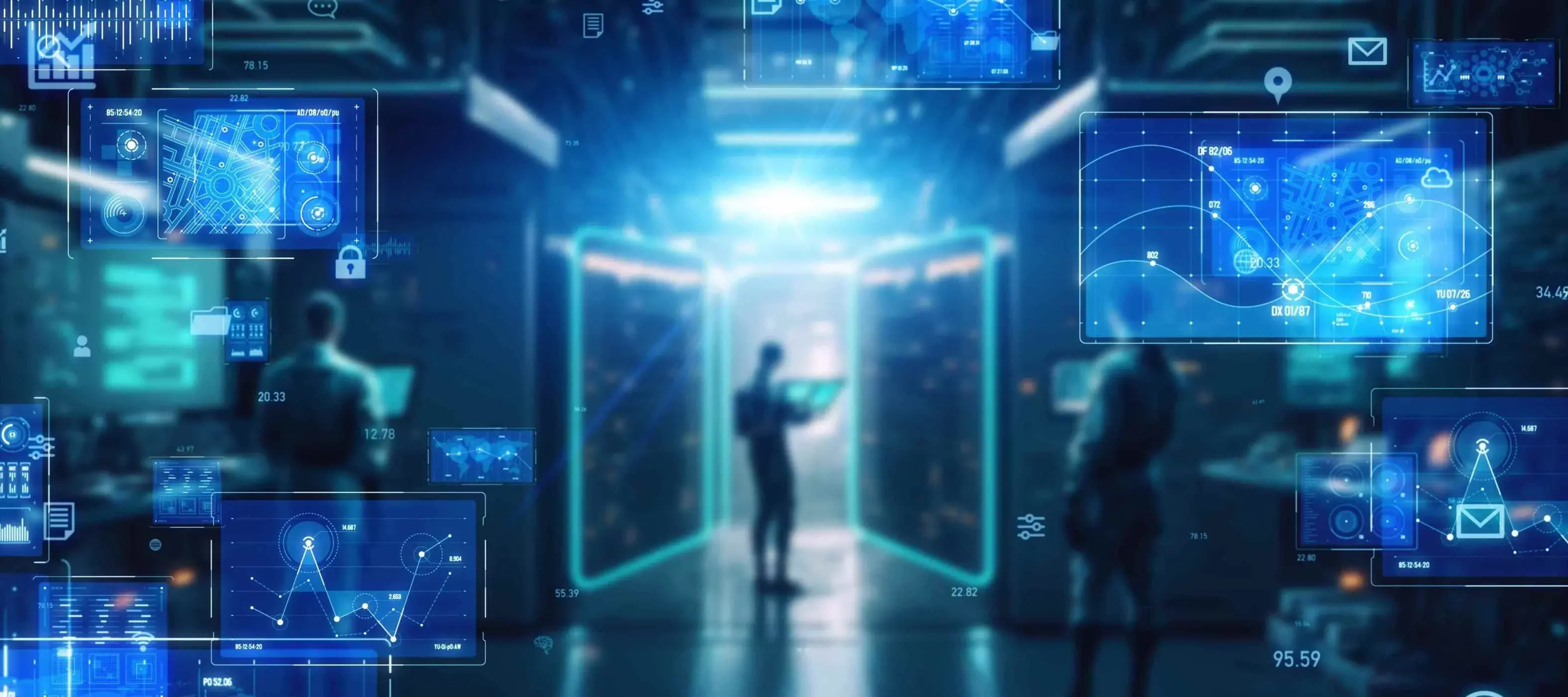
There are six reasons to adopt VDCs for your data storage and enterprise software.
They're cloud-based
A cloud-based VDC provides the same capabilities and features as a TDC. You can deploy and manage your IT resources in the cloud and never need a physical data center. It can be placed anywhere in the world, and many companies will place theirs in a place where it's centrally located between the largest number of remote employees.
Or they'll deploy their VDC in a different city, state, or region than their headquarters. This protects their data from any manmade or natural disasters that might impact the corporate headquarters. That's a danger for traditional data centers housed within a company's main office.
They cost a fraction of TDCs
You can lease space on a VDC for a few hundred or a few thousand dollars per year. Or you can buy a server for a few thousand dollars. Plus hire IT specialists to maintain it. And pay for the storage, power, and cooling for the server.
With a VDC, you only pay for the resources you use, but never pay for physical hardware. And as your VDC usage grows, your staff doesn't have to grow with it.
They're more scalable
Virtual data centers are more scalable than TDCs. You can increase and reduce your infrastructure size as needed, all through the VDCs admin interface. This makes it easy to accommodate spikes in demand or to reduce costs during slow periods.
You can always increase the size of a TDC, but that takes several days, and once you buy the additional server space and processing power, it's always on unless you unplug it and store it somewhere. Even then, you've already purchased the equipment, and you can't return it until you need it again. With a VDC, you can increase and reduce your infrastructure, turning it on and off with a few clicks of the mouse.
They're more secure
VDCs are more secure than TDCs. Cloud-computing providers have access to a wider variety of cybersecurity features that will protect your information. And you can benefit from the economies of scale because all of the cloud provider's clients are sharing the cost of some of the best cybersecurity software in the world.
They're more flexible
Virtual data centers are more flexible because your information and productivity applications can be accessed from anywhere in the world. You can also move your information to a different cloud provider. This makes disaster recovery and security backups so much easier and more effective.
Virtual data centers can be easily migrated to different locations. This is because virtual machines (VMs) are not tied to specific hardware, so they can be easily moved from one cloud provider to another. This makes it easy to take advantage of the best deals or move to a new location if needed.
They can be also managed from anywhere because most cloud providers offer a web-based management console that can be accessed as long as you have an Internet connection.
Finally, they can be easily customized. This is because you can choose the specific VMs that you want to use, and you can configure them to meet your specific needs. This makes it easy to create a data center that is perfectly suited for your business.
They save time.
It takes a lot of time to patch, update, and upgrade your traditional data center servers. So much so that many IT administrators will just ignore the patches until they get hacked, or something breaks. Then, the patches can take many hours to complete, which will shut down the servers and bring the company's productivity to a screeching halt.
With virtual data centers, the cloud providers do the upgrading and patching, which means you don't have to worry about handling it. Everything is done at a time when it's the least inconvenient for your organization (such as overnight), and you don't have to deal with a lot of downtime or being offline during peak business hours.
Are There Drawbacks to a Virtual Data Center?
Virtual data centers have many advantages, although they do have some drawbacks that you want to keep in mind. Of course, there are ways around them as well.
They depend on the Internet
Since VDCs are hosted in the cloud, they need a stable and fast Internet connection. If the wifi goes out in your office, or you're in an area where you don't have Internet access, you can't reach your applications and intellectual property.
Of course, depending on the kind of work you need to do, a lot of your data and even some apps are available on your mobile phone. Most virtual data centers are accessible via mobile devices, so retrieving a piece of information may be possible on your web browser. This assumes the web app you're using can be accessed through a mobile browser, though, and not its own standalone version.
People are often concerned about security
Having your intellectual property and personal information in the cloud can raise concerns about security and privacy. However, cloud-based data centers are usually much more secure and safer from cyber attacks than traditional data centers. That's because VDCs have much more powerful cybersecurity software than most traditional data centers have access to.
Still, some people feel better because their traditional data centers are "safe" inside their own facility. In truth, the only thing they're safe from is someone physically accessing the server or stealing the actual hardware. Remember, to a hacker, everything is "in the cloud," including your laptop on a coffee shop's wifi.
The real issue is how well the organization manages its security policies and the measure they take to protect its data. Even the most advanced cybersecurity software can't block an attack when your password is just 'p@ssword1'. Be sure you have strict security policies and that your staff all follow them.
You don't have control over the hardware and infrastructure
If your organization has specific hardware and software requirements, you will need to work with a VDC vendor who can meet them. In a traditional data center, you can just buy the exact servers you need and install the exact operating system you require. With a virtual data center, you need to make sure the vendor can provide you with exactly what you need. So be sure to speak with your prospective VDC vendors before you make a decision.
There are the possibilities of hidden costs
There can be extra fees for data storage, data transfer, and computational power usage, and they may not always be clear when you first sign up for the service. Be sure to ask your virtual data center provider if they charge extra for these, or if they are included in your monthly subscription costs. It's always a plus to know exactly what the bottom-line costs are for a particular feature.
There may be performance issues related to the underlying infrastructure
If you have slow wifi, your data center will not deliver results as quickly as you wanted. Or you may experience latency and lag during periods of high usage, such as if you're using too much processing power during peak times or having a full staff accessing data while the system is also processing a large analytics process. It's similar to trying to use your cell phone while in a crowded stadium: everyone is trying to access the same bandwidth, and things can get bogged down.
The best way to solve this problem is to increase your Internet bandwidth within your building or increase the data transfer capabilities in your VDC.
Final thoughts
A virtual data center has many benefits over a traditional data center, including lower costs, ease of use, reliability, scalability, flexibility, and security. They can be hosted anywhere in the world, and your data can be accessed from anywhere as long as you have a stable Internet connection.
To learn more about how cloud computing can help your organization, please contact us for a free demonstration from one of our cloud computing experts.
Frequently Asked Questions
Does the data center location matter?
Sometimes. You Should try and find a host close to the geographic location your customer base is in. This should mean your site will load more quickly.
Will the data center location affect speeds?
Yes. Generally, the closer you are to where your data is hosted, the faster your website will be.
What is the difference between a cloud server and a data center?
A data center is a physical place where the servers are kept, and a cloud server is one of the many computers inside that data center.
How do I choose a data host?
Find one that has everything your business needs. You’ll find a huge variation in features across suppliers, but always try and choose an option with servers located near your customers too.

Erik Deckers has been a professional blogger since 2009. He is the co-author of Branding Yourself, No Bullshit Social Media, and The Owned Media Doctrine. He published his first humor novel, Mackinac Island Nation, in 2019. Erik has been blogging since 1997, and a newspaper humor columnist since 1994. He has written several radio and stage plays, and numerous business articles. Erik was the Spring 2016 writer-in-residence at the Jack Kerouac House in Orlando, FL, and now serves on their board of directors.
View all posts by Erik Deckers















